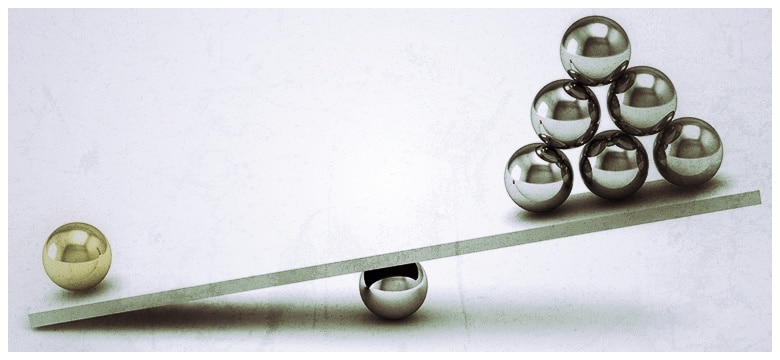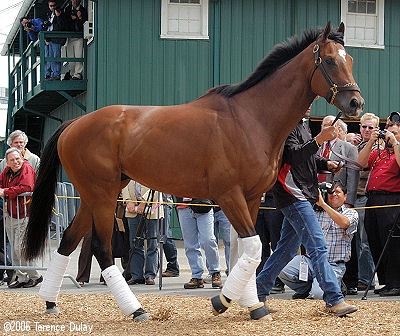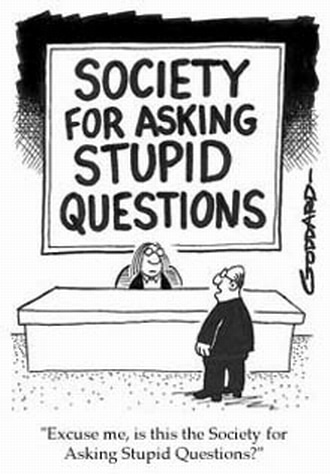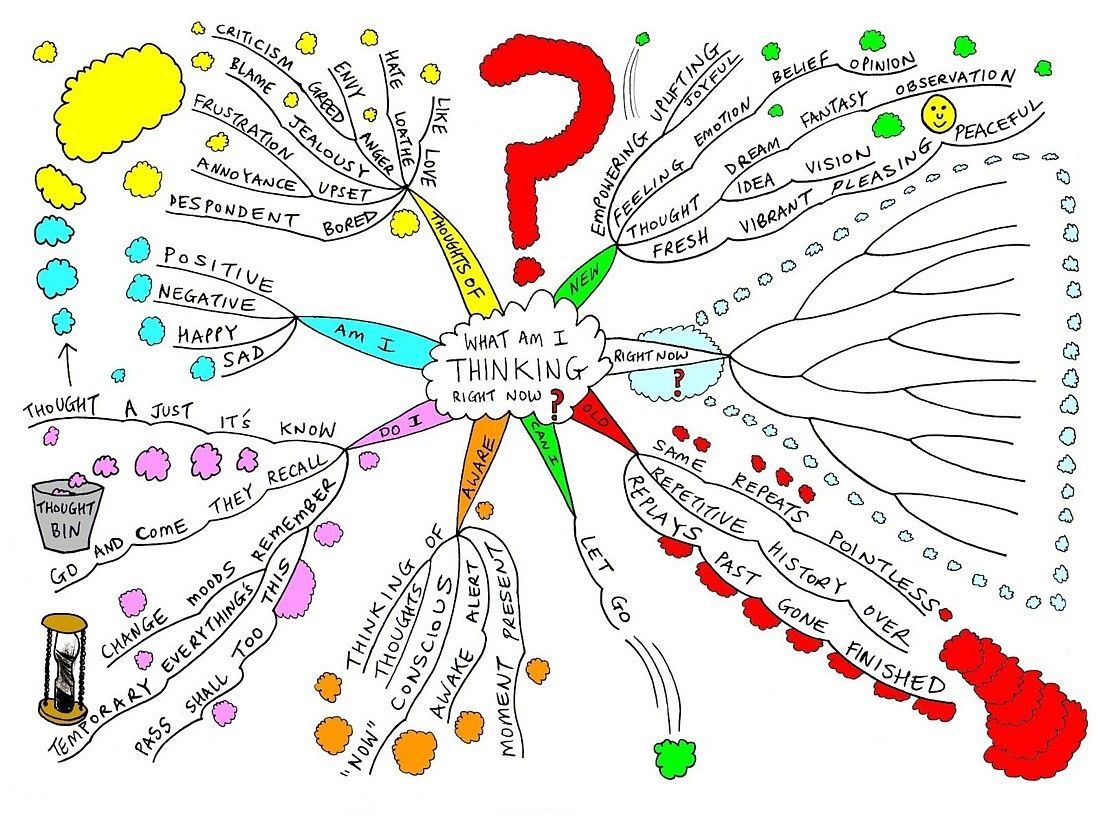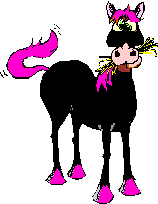 Those of you who read my columns regularly (thank you) may have noticed that I’m somewhat skeptical of a lot of the treatments, services, and therapies with which horse owners are presented on, oh, at least a twice daily basis. I guess what goes around comes around, because some folks then respond by being rather skeptical of my skepticism, occasionally asking questions such as, “Why don’t you write about things that work?” as if shilling for a useless product or service would somehow be doing something useful. I mean, there’s enough of that already anyway, right? I also get comments along the lines of, “Well, you don’t really know anything about performance horses,” as if the needs of performance horses are somehow detached from those of those presumably “plain old” horses that have the apparent misfortune of not getting hauled around to spin, jump, passage, etc., on a weekly basis, and as if I haven’t been quite literally around the world looking at performance horses of all shapes, sizes, and disciplines for 3+ decades.
Those of you who read my columns regularly (thank you) may have noticed that I’m somewhat skeptical of a lot of the treatments, services, and therapies with which horse owners are presented on, oh, at least a twice daily basis. I guess what goes around comes around, because some folks then respond by being rather skeptical of my skepticism, occasionally asking questions such as, “Why don’t you write about things that work?” as if shilling for a useless product or service would somehow be doing something useful. I mean, there’s enough of that already anyway, right? I also get comments along the lines of, “Well, you don’t really know anything about performance horses,” as if the needs of performance horses are somehow detached from those of those presumably “plain old” horses that have the apparent misfortune of not getting hauled around to spin, jump, passage, etc., on a weekly basis, and as if I haven’t been quite literally around the world looking at performance horses of all shapes, sizes, and disciplines for 3+ decades.
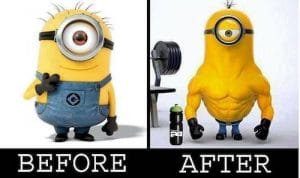 Anyway, all of this gave me an idea for an article (although, in the horse world, such ideas are not difficult to find). Not too long ago I had the opportunity to take over care of some really nice upper level jumping horses. As is only occasionally the case, I got their past records to look at, as well and I was very grateful to have them; it’s always nice to know what’s been going on with a horse before you start having to take care of him. Anyway, I’ve been taking care of these particular horses for the past 18 months or so, and they’ve done really well, both health and performance-wise. I’m very happy to have them under the umbrella of my practice. Still, when I looked at their treatment records before I started taking care of them, and then I looked at their treatment records after I started taking care of them, something kind of funny occurred to me. I thought it might be illustrative to point out how the horses used to get treated vs. how they’re getting treated now. Of course, I’m not going to name names and I’m not going to point any fingers – what would be the point of that? – but I thought it would be interesting to compare treatments over the period of a year.
Anyway, all of this gave me an idea for an article (although, in the horse world, such ideas are not difficult to find). Not too long ago I had the opportunity to take over care of some really nice upper level jumping horses. As is only occasionally the case, I got their past records to look at, as well and I was very grateful to have them; it’s always nice to know what’s been going on with a horse before you start having to take care of him. Anyway, I’ve been taking care of these particular horses for the past 18 months or so, and they’ve done really well, both health and performance-wise. I’m very happy to have them under the umbrella of my practice. Still, when I looked at their treatment records before I started taking care of them, and then I looked at their treatment records after I started taking care of them, something kind of funny occurred to me. I thought it might be illustrative to point out how the horses used to get treated vs. how they’re getting treated now. Of course, I’m not going to name names and I’m not going to point any fingers – what would be the point of that? – but I thought it would be interesting to compare treatments over the period of a year.
 You’ll have to take me at my word that these horses have competed all over the place (the “place” being North America) with some success. They had some success before I took over care – I think it’s fair to say that they’ve had more success after I took over their care but that isn’t really my point and a lot of that success has to do with what class, what show, what rider, etc. In fact, to be clear, I want to be absolutely clear that I think that I should get absolutely no credit for their success. Quite the contrary. In fact, you’ll see that since they’ve been under my care, they haven’t really had much “care” at all, at least not in terms of having had stuff done to them all of the time. However…. well, see what you think.
You’ll have to take me at my word that these horses have competed all over the place (the “place” being North America) with some success. They had some success before I took over care – I think it’s fair to say that they’ve had more success after I took over their care but that isn’t really my point and a lot of that success has to do with what class, what show, what rider, etc. In fact, to be clear, I want to be absolutely clear that I think that I should get absolutely no credit for their success. Quite the contrary. In fact, you’ll see that since they’ve been under my care, they haven’t really had much “care” at all, at least not in terms of having had stuff done to them all of the time. However…. well, see what you think.
HORSE 1
October 2015 – Blistered patellar ligament, Acupuncture, Shock wave neck. December 2015 – X-rays of neck and withers. JANUARY 2016 – Inject stifles, Inject SI joint, Laser and acupuncture (didn’t say where), Inject hocks, Shock wave both hind suspensory ligaments. FEBRUARY 2016 – Acupuncture and laser therapy, Shock wave back, Shock wave neck, Shock wave hind suspensory ligaments, Acupuncture and laser therapy. MARCH 2016 – Shock wave back and thoracic muscles, Acupuncture and laser therapy, Shock wave back.  APRIL 2016 – Shock wave back, Shock wave neck. MAY 2016 – Osphos®. JUNE 2016 – Shock wave hind suspensory ligaments. JULY 2016 – Inject RF tendon sheath. SEPTEMBER 2016 – Inject hocks and coffin joints, Shock wave back. OCTOBER 2016 – Shock wave fetlock, Inject tendon sheath
APRIL 2016 – Shock wave back, Shock wave neck. MAY 2016 – Osphos®. JUNE 2016 – Shock wave hind suspensory ligaments. JULY 2016 – Inject RF tendon sheath. SEPTEMBER 2016 – Inject hocks and coffin joints, Shock wave back. OCTOBER 2016 – Shock wave fetlock, Inject tendon sheath
…. and then, I got hold of the horse.
JANUARY 2017 – Insurance certificate. FEBRUARY 2017 – Not lame. Tendon sheath ultrasound normal. APRIL 2017 – Coughing – CBC and antibiotics. Sound at lunge. MAY 2017 – Vaccinations. OCTOBER 2017 – Sore RF foot – shoe problem. NOVEMBER 2017 – Vaccinations
HORSE NUMBER TWO
OCTOBER 2015 – Shock wave neck (based on acupuncture exam). JANUARY 2016 – Inject Coffin Joints, Osphos®, Inject back, Acupuncture with Laser Therapy. FEBRUARY 2016 – Acupuncture with Laser Therapy, Shock wave back and LF pastern, Shock wave neck and suspensory ligament. MARCH 2016 – Shock wave suspensory ligament, Shock wave fetlock joint. MAY 2016 – Inject hocks, Inject Coffin Joints, Shock wave neck. JUNE 2016 – Inject coffin joints, Shock wave neck, Osphos®. JULY 2016 – Shock wave back and neck, Inject coffin joints. AUGUST 2016 – Shock wave RF tendon, Shock wave RF tendon. SEPTEMBER 2016 – Shock 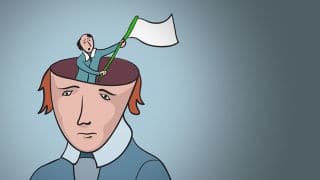 wave tendon.
wave tendon.
… and then I got hold of him, and did a prepurchase examination (with X-rays) so that someone else bought him and…
Jan 1 2017 – Dec 2017 – Vaccinations in May and November.
So, I’m not really sure what to make of this. I can think of several possibilities.
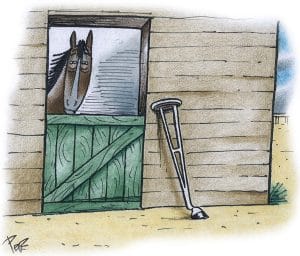 1. These horses were really in a lot of physical trouble at one time. Both of them. Thanks to multi-modal (and multi-cultural, I suppose) therapy, both horses made remarkable recoveries and have not had any problems in the past 18 months.
1. These horses were really in a lot of physical trouble at one time. Both of them. Thanks to multi-modal (and multi-cultural, I suppose) therapy, both horses made remarkable recoveries and have not had any problems in the past 18 months.
2, We have been really lucky.
3. Maybe they didn’t need all that stuff in the first place.
4. The rider and I have really missed the boat. These horses have lots of problems. Happily, the horses keep performing, and winning in spite of us.
5. We know what we’re doing.
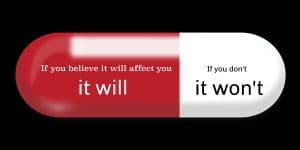 Of course, all of this brings me back around to the start of this whole little exercise, which was to point out that, yes, there are lots of lots of things that are done to horses, and there are lots of enthusiastic people endorsing and enthusiastically applying lots of different treatments. But at the end of the day, I find myself wondering what’s really doing the horse much good, and if all of the treatments that horses get – especially performance horses – are really necessary. I mean, certainly, some horses need care, but in my experience, and from my observations, many/most of the therapies that people use on the horses don’t seem to really have an important role in their actually health and performance, at least not so that anyone can actually demonstrate objectively.
Of course, all of this brings me back around to the start of this whole little exercise, which was to point out that, yes, there are lots of lots of things that are done to horses, and there are lots of enthusiastic people endorsing and enthusiastically applying lots of different treatments. But at the end of the day, I find myself wondering what’s really doing the horse much good, and if all of the treatments that horses get – especially performance horses – are really necessary. I mean, certainly, some horses need care, but in my experience, and from my observations, many/most of the therapies that people use on the horses don’t seem to really have an important role in their actually health and performance, at least not so that anyone can actually demonstrate objectively.
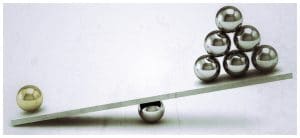 I don’t think it’s appropriate to generalize experience based on two horses to the entire equestrian community, but then again, I don’t recall seeing anyone ever having looked at this sort of before and after experience. Still, I do think that there are some things you can take away. I guess one thing that I’d suggest is that if you do think that there’s something wrong with your performance horse, there are lots of things to think about besides there being something physically wrong with your horse. Not all performance horse “problems” have underlying problems that can be fixed by medicine. Not all that comes under the heading of “medicine” or “helping” is shown to do much, anyway. In fact, in many cases, less is more. Medicine can’t substitute for sensible training, allowing a horse to be a horse, reasonable expectations, etc. Who knows, maybe your horse could do more with less, too!
I don’t think it’s appropriate to generalize experience based on two horses to the entire equestrian community, but then again, I don’t recall seeing anyone ever having looked at this sort of before and after experience. Still, I do think that there are some things you can take away. I guess one thing that I’d suggest is that if you do think that there’s something wrong with your performance horse, there are lots of things to think about besides there being something physically wrong with your horse. Not all performance horse “problems” have underlying problems that can be fixed by medicine. Not all that comes under the heading of “medicine” or “helping” is shown to do much, anyway. In fact, in many cases, less is more. Medicine can’t substitute for sensible training, allowing a horse to be a horse, reasonable expectations, etc. Who knows, maybe your horse could do more with less, too!

